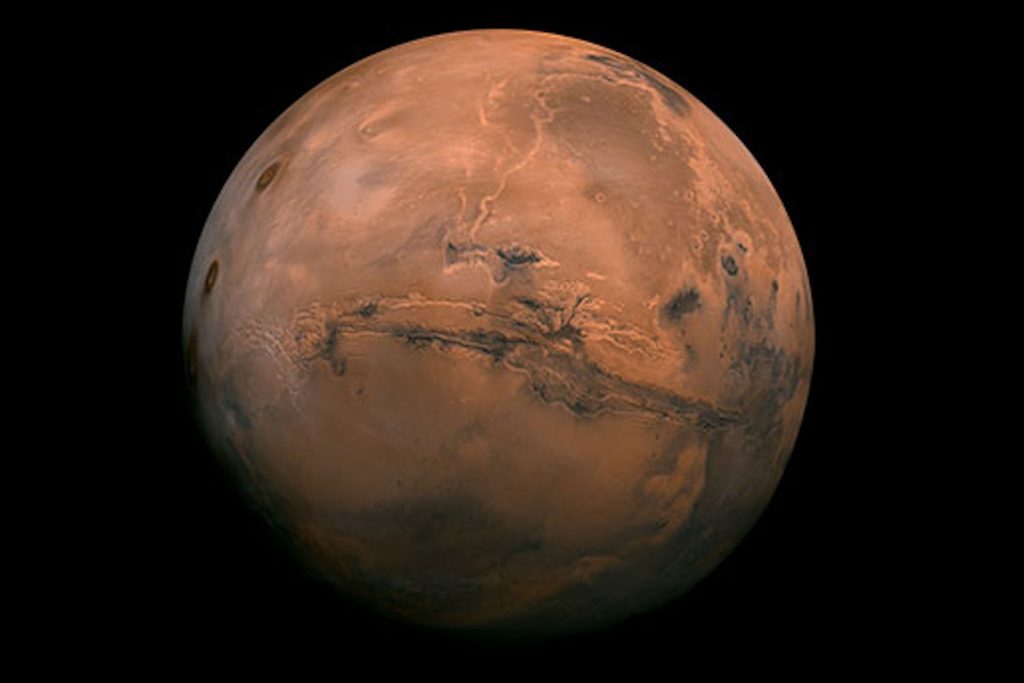Russia Claims New Plasma-Based Engine Could Cut Mars Travel to Just 30 Days – Gizmodo

A trip to Mars may be in the books for future astronauts, but current propulsion technology will have them floating in a spacecraft bound for the Red Planet for roughly six to nine months. Considering how spaceflight affects the human body, that’s not ideal. A rocket company in Russia may have developed a solution to travel through the cosmos at much faster speeds using a new type of rocket engine.Scientists at Russia’s state-owned Rosatom corporation have developed a prototype of a plasma electric rocket engine that could reach Mars in just 30 to 60 days, Russian media reported. The rocket, which uses hydrogen as fuel, has the potential to revolutionize spaceflight, but it is very early in its development phase and will likely take several years before it can be used for a human mission to Mars. Still, this new kind of technology may be what’s needed to leave dusty footprints on the Martian surface.In most rocket engines, liquid hydrogen fuel and liquid oxygen oxidizer are pumped into a combustion chamber, where they ignite and produce hot exhaust to propel the rocket. A plasma rocket, on the other hand, is a type of electric propulsion system that uses two electrodes. When charged particles are moved between the electrodes, and a high voltage is applied, the current creates a magnetic field that pushes the particles out of the engine. The plasma receives a directed motion and creates thrust as a result, Egor Biriulin, a junior researcher at Rosatom’s scientific institute in Troitsk, told Russian newspaper Izvestia.Using regular fuel combustion, rockets have a maximum matter flow velocity of roughly 2.7 miles per second (4.5 kilometers per second), but the plasma engine is capable of accelerating charged particles to a speed of 62 miles per second (100 kilometers per second), according to the researchers. At those speeds, a rocket trip to Mars could take a month or two.The rocket engine prototype is currently being tested in a chamber that simulates the conditions of space. Although the rocket will use traditional chemical propulsion to launch, it will switch to electric propulsion once it reaches orbit.Russia isn’t the only spacefaring nation hoping to reach Mars with speedier rockets. NASA recently announced a collaboration with the Defense Advanced Research Projects Agency (DARPA) to demonstrate a nuclear thermal rocket engine in space to reduce transit time for human missions to the Red Planet. Meanwhile, SpaceX CEO and founder Elon Musk has proposed using the company’s Starship rocket to launch uncrewed missions to Mars in 2026, followed by the first human mission in around four years’ time.The new space age is about to witness a heated race to reach the dusty Martian surface.
astronaut healthMarsrockets
Get the best tech, science, and culture news in your inbox daily.
News from the future, delivered to your present.
Please select your desired newsletters and submit your email to upgrade your inbox.
Six planets are lining up in a row from our Earthly view of the cosmos, in a spectacle that’ll be visible in January through to February.
Elon Musk’s company saw mixed results today, with Starship’s booster sticking the landing while the upper stage failed during ascent.
The country’s space agency successfully docked spacecraft in orbit, marking a significant milestone in India’s extraterrestrial ambitions.
“The future of mobility shouldn’t be limited to just Earth, or just one car company.”
The Perseverance rover has been collecting Martian rock samples since 2021, but NASA is still figuring out how to bring them back to Earth.
The space agency will provide a broadcast update on the marquee mission that is intended to recover samples of Martian rock for study on Earth.
Best of CES 2025 Awards ➜We may earn a commission when you buy through links on our sites.
©2025 GIZMODO USA LLC. All rights reserved.Mode
Follow us
Mode
Follow us






